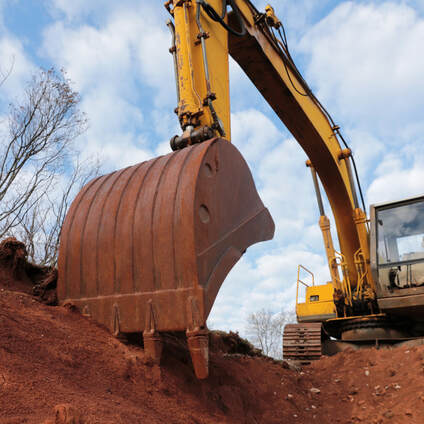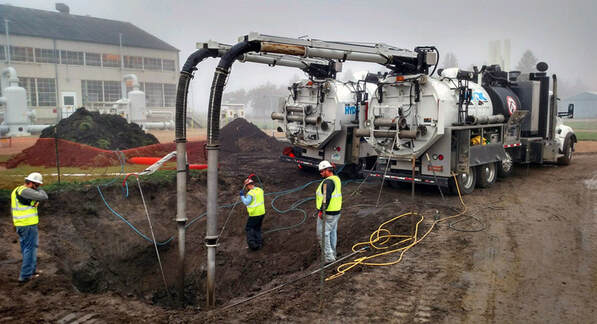Trenching Excavation
Trench excavation occurs when the digging is greater in length than it is in-depth. This form of excavation is used in place sewer systems, intergrade pipelines, cover utility lines, and lay fragments of foundation. The foundation in trenching has to be shallow for this procedure to be effective.
However, many don’t believe trench excavation is dangerous but trench excavation work is referred to as one of the most hazardous processes in the world. Trench digging handles various materials, soil types, and properties that could be unsafe. Other reasons this work is a great risk to workers are cave-ins, collapses, falling loads, accidents with mobile equipment, and other harmful factors. Unfortunate events have led to the fatal injuries of workers digging in this line of work. It takes years of training and familiarity to uphold the work safely. That’s why property owners that are interested in trench excavation need to consider hiring seasoned experts for the job. |
|
Here are a few protective measures that experts take whenever doing trench excavation work:
Shoring - Shoring is installing aluminum hydraulic and other forms of material to prevent soil shifting and soil caving in.
Shielding - Shielding protects excavation experts by using trench boxes and other forms of support to prevent dirt cave-ins. This includes dirt classification, depth, and water hazards.
Sloping - Sloping is the act of cutting back into the trench wall with an angle for incline.
Benching - Benching is a procedure that safeguards workers by digging and crafting horizontal steps and levels usually with vertical surfaces between steps.
Shoring - Shoring is installing aluminum hydraulic and other forms of material to prevent soil shifting and soil caving in.
Shielding - Shielding protects excavation experts by using trench boxes and other forms of support to prevent dirt cave-ins. This includes dirt classification, depth, and water hazards.
Sloping - Sloping is the act of cutting back into the trench wall with an angle for incline.
Benching - Benching is a procedure that safeguards workers by digging and crafting horizontal steps and levels usually with vertical surfaces between steps.
Hydrovac Excavation

Hydrovac excavation is a process of excavating using high-pressure water to break up and remove soil, sediment, or other material from an area. The process is often used in difficult or hard-to-reach areas where traditional excavation methods would be difficult or impossible. Hydrovac excavation is a safe and efficient way to excavate without causing damage to the surrounding area.
The process begins by creating a small hole in the ground with a drill. A hose is then inserted into the hole and high-pressure water is pumped through the hose. The water breaks up the soil, sediment, or other material and the mixture is sucked up through the hose and into a tank. The tank can then be emptied and the process repeated until the desired amount of material has been removed.
Hydrovac excavation is a safe and efficient way to excavate without causing damage to the surrounding area. The process is often used in difficult or hard-to-reach areas where traditional excavation methods would be difficult or impossible. Hydrovac excavation is a safe and efficient way to excavate without causing damage to the surrounding area.
The process begins by creating a small hole in the ground with a drill. A hose is then inserted into the hole and high-pressure water is pumped through the hose. The water breaks up the soil, sediment, or other material and the mixture is sucked up through the hose and into a tank. The tank can then be emptied and the process repeated until the desired amount of material has been removed.
Hydrovac excavation is a safe and efficient way to excavate without causing damage to the surrounding area. The process is often used in difficult or hard-to-reach areas where traditional excavation methods would be difficult or impossible. Hydrovac excavation is a safe and efficient way to excavate without causing damage to the surrounding area.
